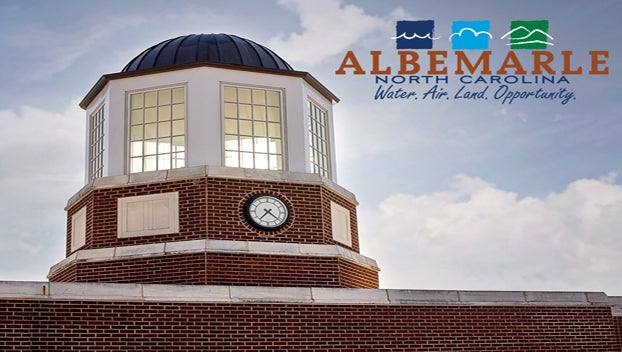Albemarle looks into relocating recycling center after recent discovery of methane gas
Published 10:50 am Wednesday, November 30, 2022
|
Getting your Trinity Audio player ready...
|
Due to the recent discovery of high levels of methane gas at Albemarle’s solid waste and recycling center, the city is working to determine the next steps to improve the situation.
Public Works Director Ross Holshouser said he plans to come back to Council with a site assessment and engineers’ cost estimate about relocating the entire recycling center to a safer area.
The city first learned about the extent of the problem a few months ago when a fire broke out over night at the 540-plus acre facility, which includes a municipal solid waste landfill, due to methane gas leaking from the ground, though no employees were on site at the time.
As part of a remediation study to look into concerning levels of methane gas in the air, it was determined that in 11 monitoring points installed around the site by an outside vendor, methane gas ranged from a volume by air of 31 percent to as high as 80 percent, Darren Preslar, the city’s landfill superintendent, told City Council as part of an update during its meeting last week.
“That’s a high volume of methane,” Preslar said.
Fortunately, the amount of methane detected has not been anywhere near the level to where it could be considered explosive, Preslar told Council.
The gas is a result of decades of trash being buried beneath the recycling center, which had gone undetected until recently because the city was not aware it used to be part of the landfill.
Twenty-five compliance probes were installed around the property line of the site over the years but none detected high levels of methane gas because they were not buried deep enough, Preslar said. He highlighted that monitoring probes 2, 3 and 4 had an average depth of only three feet, which essentially rendered them useless.
Municipal solid waste (MSW) landfills are the third-largest source of human-related methane emissions in the United States, accounting for approximately 14.5 percent of these emissions in 2020, according to the Environmental Protection Agency.
Landfill gas (LFG), per the EPA, “is a natural byproduct of the decomposition of organic material in landfills. LFG is composed of roughly 50 percent methane (the primary component of natural gas), 50 percent carbon dioxide (CO2) and a small amount of non-methane organic compounds.”
Since the gas was discovered, all the doors have been open and fans are running to make sure the facility is properly ventilated, Preslar said. Employees were also taken out of the confined areas, where exposure to the gas could potentially be detrimental to their health.
“Gas is always going to be in landfills. You’re always going to have it, it’s just you cannot put people in confined areas,” Preslar said, noting any percentage of the gas “is too much for me.”
“We’re taking every precaution and I think we’re going above and beyond in trying to be proactive,” Preslar added.






